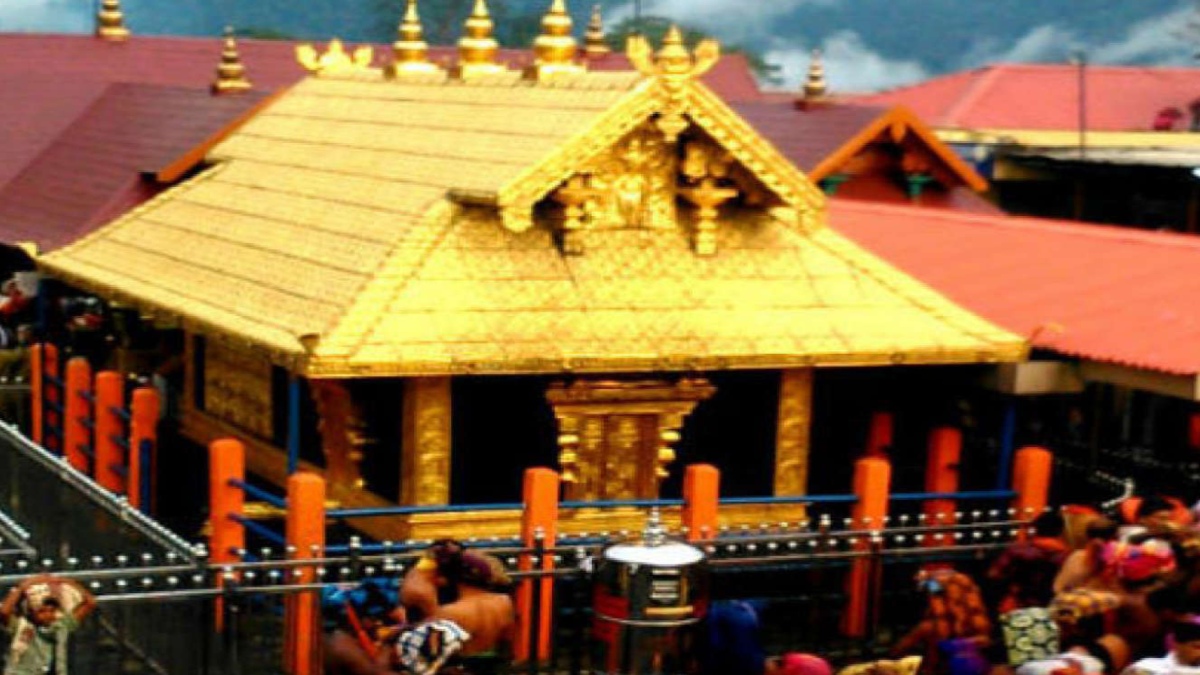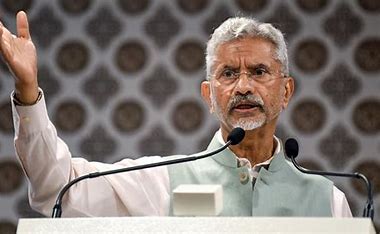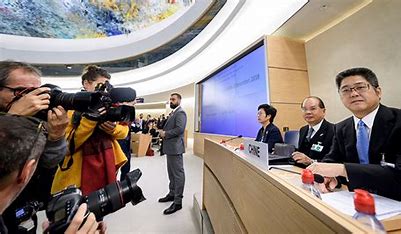
Sabarimala is a pilgrimage centre in mid-east Kerala, dedicated to the deity Ayyappan. Situated in the Periyar Tiger Reserve and surrounded by eighteen hills, it is among the major pilgrimage centres in south India, and even in the world, sometimes referred to as the ‘Kumbh Mela’ of the South on account of the large number of devotees it attracts, numbering anywhere between 17 million and 50 million pilgrims annually. Lord Ayyappan has many temples dedicated to him in Kerala; nonetheless, the Sabarimala temple is perhaps the best known among them (Vaidyanathan, 1978).
THE FOUNDING MYTHS
Ayyappan is said to be the product of the union of Vishnu and Shiva, the two major foci of devotional Hinduism. Both gods are typically represented as male, so his birth through them requires a word of explanation. Shiva possessed a demon devotee called Bhasmasura, who, through severe penance, won a boon from Shiva which gave him the power to reduce anything to ashes by pointing his finger at it. Once he received this boon, Bhasmasura attempted to test it on Shiva himself. Shiva thus found himself running across the cosmos with the demon in hot pursuit. Vishnu decided to intervene and save Shiva. He, therefore, metamorphosed into a beautiful damsel by the name of Mohini (or ‘the Enchantress’) whose sight distracted Bhasmasura from his pursuit. Bewitched by her beauty, Bhasmasura wanted to please her. Mohini, then, induced Bhasmasura to learn a bit of dancing to win her over. In the course of these movements, she made him point his finger at himself which instantly reduced him to ashes, thereby saving Shiva (Vaidyanathan 1978, 21–22). The legend maintains that Ayyappan was the son which arose from the union of Vishnu—in the form of Mohini—and Shiva. This story can be found in the Puranas (Bhagavata Purana).
Thereafter the child was abandoned in the forest where he was picked up by the King of Palan, who brought him up as his own. At this point, the depredations of another demon by the name of Mahisi enter the narrative. It just so happens that it was Ayyappan’s destiny to slay this demon and at the age of twelve, Ayyappan confronted Mahisi and defeated it (Vaidyanathan 1978, 27). Out of the vanquished demon arose a beautiful damsel by the name of Panchambika (also known as Malikappurathamma), who had been condemned by a curse to the state of demonhood (Vaidyanathan 1978, 19–21). This beauty, now released from her curse, asked for Ayyappan’s hand in marriage (Vaidyanathan 1978, 28, and 46). He initially resisted her offer but then accepted the proposal on one condition: He would marry her only after there were no more petitioners left for him to take care of. Panchambika accepted the condition and still awaits him in a separate temple north of his.
According to this narrative, there are two main reasons why women of reproductive age do not visit the shrine of Ayyappan. The first is that women do not wish to dishonour the resolve of the ‘bride-to-be’ who awaits her groom, and the second is that they do not wish to offer any temptation to Ayyappan, who had decided to remain celibate while taking care of his petitioners. These explanations are important as they indicate that the reasons underlying the practice of women of reproductive age refraining from visiting the shrine of Ayyappan have nothing to do with menstrual taboos, as has often been suggested rather rashly (Sridhar 2018). To emerge now from the midst of tradition into the hopefully clear light of history, the adoption of Ayyappan by the King of Palan is assigned by devotees to the period between 1105 and 1121 (Sridhar 2018, 47).
THE PILGRIMAGE
The people who undertake the Sabarimala pilgrimage may belong to any faith or caste and mingle unreservedly as pilgrims. In fact, they are all supposed to be in a state of Brahmanhood (Sridhar 2018, 50). Before embarking on the pilgrimage, there is a formal function at their residence where they put on a garland of tulsi or rudraksha, which will be worn for the full duration of the pilgrimage of at least 41 days. This ceremony is known as maladharam. During this period, the pilgrim leads an ascetic life which includes bathing regularly, eating sattvika food, abstaining from meat, drinks and drugs, and observing the life of a celibate. One also carries with oneself a holy bundle called irumudi which has two compartments: one reserved for the material needs for regular puja or offerings to be made to the deity, the other for holding personal items. As the pilgrimage starts, the pilgrim-to-be undergoes the ceremony called kettunira or ‘pali kettu’ (Sridhar 2018, 66).
When the pilgrim arrives at the shrine, he has to climb the eighteen granite steps known as patinettampadi. It is said that “at no other temple is so much importance attached to the steps leading to the sanctum” (Sridhar 2018, 106). The devotees must fulfil two conditions in order to tread up the steps: (i) Observe the 41-day penance prescribed for the pilgrims, and (ii) carry the irumudi on their heads. These granite steps may be used only twice: Once when approaching the sanctum with their irumudi, and when leaving the temple once the pilgrimage is over. Separate steps are provided for use on other occasions.
HISTORY OF RESTRICTION OF WOMEN
The preceding sections were meant to prepare us to deal with the main issue this article addresses, mainly, whether the prohibition of women of reproductive age to participate in the Sabarimala pilgrimage is discriminatory.
The first thing to inquire into is the history of this restriction to discuss the question comprehensively, as there is considerable misunderstanding surrounding the issue. A respected Indian scholar Rajeev Bhargava recently asserted during the course of the Hindu Huddle of 2019 in Bengaluru that the restriction was first imposed in 1991 by the High Court of Kerala and that the restriction imposed by the judgement of the court could always be removed by the judgment of another (superior) court (The Hindu, 2019).
This creates the impression that the issue surrounding the restriction is merely a legal and recent matter. However, the material presented in this article indicates otherwise. Let us examine the antiquity of this restriction by moving backwards in history.
It was just noted that, according to Professor Rajeev Bharagava, this restriction goes no further than 1991. This was the year in which the High Court gave its decision on the public interest litigation (PIL) filled on 24 November 1990 by S. Mahendran, the secretary of the WMA Library in Buzhavathu, Changanassery and supported by the Nair Service Society (NSS) and the Ayyappa Sewa Sangham (S. Mahendran vs The Secretary, Travancore, 1991). It is worth noting that he was prompted to make the application upon seeing a photograph in the Janmabhoomi Daily newspaper on 19 September 1990 in which the former Devaswom Commissioner Chandrika was seen conducting the rice-feeding ceremony of her granddaughter at the Sabarimala temple in the presence of her daughter, the mother of the child, who was apparently within the reproductive age bracket of 10 to 50 years of age (Nair, 2018). This clearly shows that the evidence of this restriction can be moved from 1991 to 1990 and even beyond it, as the petition was filed on the basis of the perception than an existing restriction being violated.
The Kerala High Court, in acting on the PIL examined the then Sabarimala temple thantri, or high priest, Sri Neelakandaru, on 5 April 1991. In the course of this examination, the thantri asserted before the Division Bench that “women belonging to the 10 to 50 age group were prohibited from entering the temple even before 1950” (Rajagopal, 2016). This means that the evidence for the existence of the tradition concerning the restriction can be moved backwards not only from 1991 to 1990 but further to 1950.
That the restriction was in place even earlier is suggested by the Memoir of the Survey of the Travancore and Cochin States carried out by Benjamin Swain Ward and Peter Eyre Conner, two lieutenants of the Madras Infantry, and published by the then Madras government in two volumes in 1893 and 1901. The survey was, however, completed earlier in 1820, after nearly five years of research and refers to the restriction as follows: “Old women and young girls may approach the temple, but those who have attained the age of puberty and to a certain time of life are forbidden to approach [it].” It is, therefore, clear that the restriction was already in place in the early years of the 19th century (Rajagopal, 2016).
According to historian M.G. Sasibhooshan, the ban was an “unwritten law for decades” (Press Trust of India, 2018). This seems to be a reasonable assumption, although we have no solid evidence as to how far back it can be traced. The High Court of Kerala eventually concluded that “the usage was prevalent from time immemorial” (The News Minute, 2018).
We take up next the questions of exceptions to this rule which have been cited to challenge the authenticity of the tradition. Five such exceptions have been discussed in the literature of the subject and pertain to cases involving (i) Devaswom Commissioner (Shrimati) Chandrika, (ii) Tamil actress Jayashree, (iii) Kannada actress Jayamala, (iv) T.K.A. Nair and (v) the Queen of Travancore. The first example relates to the former Devaswom Commissioner Chandrika, which initially prompted the litigation in 1990. She conducted the rice-feeding ceremony of her granddaughter at Sabarimala in the presence of her daughter. Although she and her granddaughter fell outside the reproductive age bracket, the same could not be said of her daughter. The next case to consider is the claim that a Tamil film-song called Nambinal Keduvathillai, which was shot at the temple in 1986, featured women of reproductive age on the famous ‘eighteen steps’ leading to the deity. Jayashree was one of the featured actresses at the temple (The News Minute, 2018). Then comes the case of the Kannada actress Jayamala, who has claimed to have touched the idol of Lord Ayyappan in the temple when she was 27 (Press Trust of India, 2018). The fourth case pertains to the putative restriction being broken in 1939, when, according to T.K.A. Nair, former advisor to Prime Minister Manmohan Singh, his choroonu (the first meal-eating ceremony for children) was performed at the Sabarimala temple when he was sitting on his mother’s lap, facing the deity. He repeated this claim several times on public television (The News Minute, 2018). Also, in 1939, the Maharaja(King) of Travancore visited the temple accompanied by his Maharani (Queen) in connection with the choroonu ceremonies. It is clear, however, that this could have been a case of royal privilege being exercised (Nair, 2018).
These five instances seem to represent special cases or exemptions. In the first case, the person involved was the very commissioner of the board which ran the Sabarimala temple. In the next two cases, film actresses are involved, who could perhaps claim special access on account of the exigencies of filming. One should keep in mind the Indian obsession with films and film heroes and heroines, and especially with their glamour. Similarly, the obviously high status enjoyed by Nair’s family perhaps explains the privilege enjoyed by him, and of course, the Queen represented royalty. Moreover, in relation to the last case, historian M.G. Shashibooshan claims to have photos of the Queen of Travancore’s visit to the temple taken by her son, indicating that she did, in fact, stop before the eighteen steps (The News Minute, 2018).
These cases suggest that the ban was not strictly observed in the latter half of the 20th century, rather than that it did not exist. One would require more evidence to conclude that the cases of the presence of women at Sabarimala, noted above, do not represent exceptions to the rule, but instead constitute proof of the very non-existence of the tradition placing a restriction on women.
This is part one of a two-part article.
The writer is the Birks Professor of Comparative Religion at McGill University in Montréal, Canada. He is also associated with the Nalanda University in India. The views expressed are personal.















